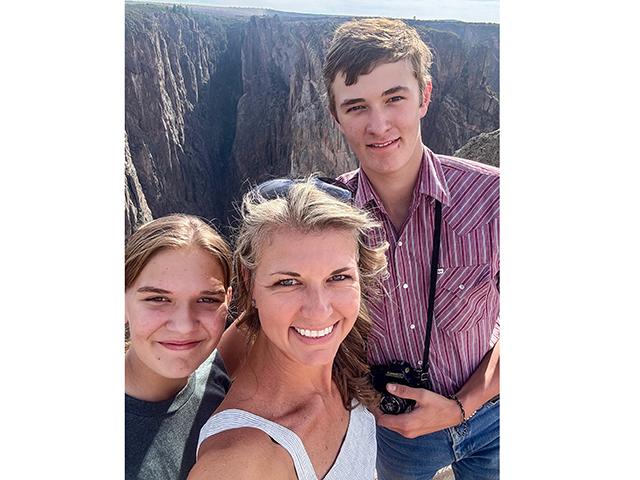CropLink
Cut Through Purple Haze
You don’t have to have one foot in the 60s or be a Jimi Hendrix fan to be in a purple haze this time of year. Purple deadnettle, followed by the slightly more bluish henbit, are among the first weeds of spring.
“It’s easy to tell who put down herbicide applications last fall to control these winter annuals,” University of Illinois weed scientist Aaron Hager says.
While purple deadnettle offers a psychedelic hue, it harbors a nasty side effect beyond competing for resources. A study by Purdue University scientists Valerie Mock, J. Earl Creech and Bill Johnson shows the weed to be the most compatible alternative host for soybean cyst nematode (SCN).
P[L1] D[0x0] M[300x250] OOP[F] ADUNIT[] T[]
SCN is found in most soybean-production regions of the U.S. and is a significant economic threat. The Purdue scientists have documented six winter annuals that roll out the welcome mat for SCN. Henbit is also considered a strong host. Field pennycress is a moderate host. Shepherd’s purse, small-flowered bittercress and common chickweed are considered weak hosts.
In fact, the Purdue researchers found that in the greenhouse, SCN reproduction on purple deadnettle and henbit was so efficient, it often equaled or exceeded SCN-susceptible soybeans.
The research also found SCN juveniles present inside purple deadnettle and henbit roots in both fall and spring. However, juveniles were more abundant in spring weed infestations. That highlights the importance of controlling these weeds prior to planting either through fall or spring burndown treatments.
If splashes of yellow from cressleaf groundsel and yellow rocket are appearing on the horizon, you’re likely too late. “That means henbit and deadnettle have probably already set seed,” Hager says.
[PF_0418]
Copyright 2019 DTN/The Progressive Farmer. All rights reserved.



